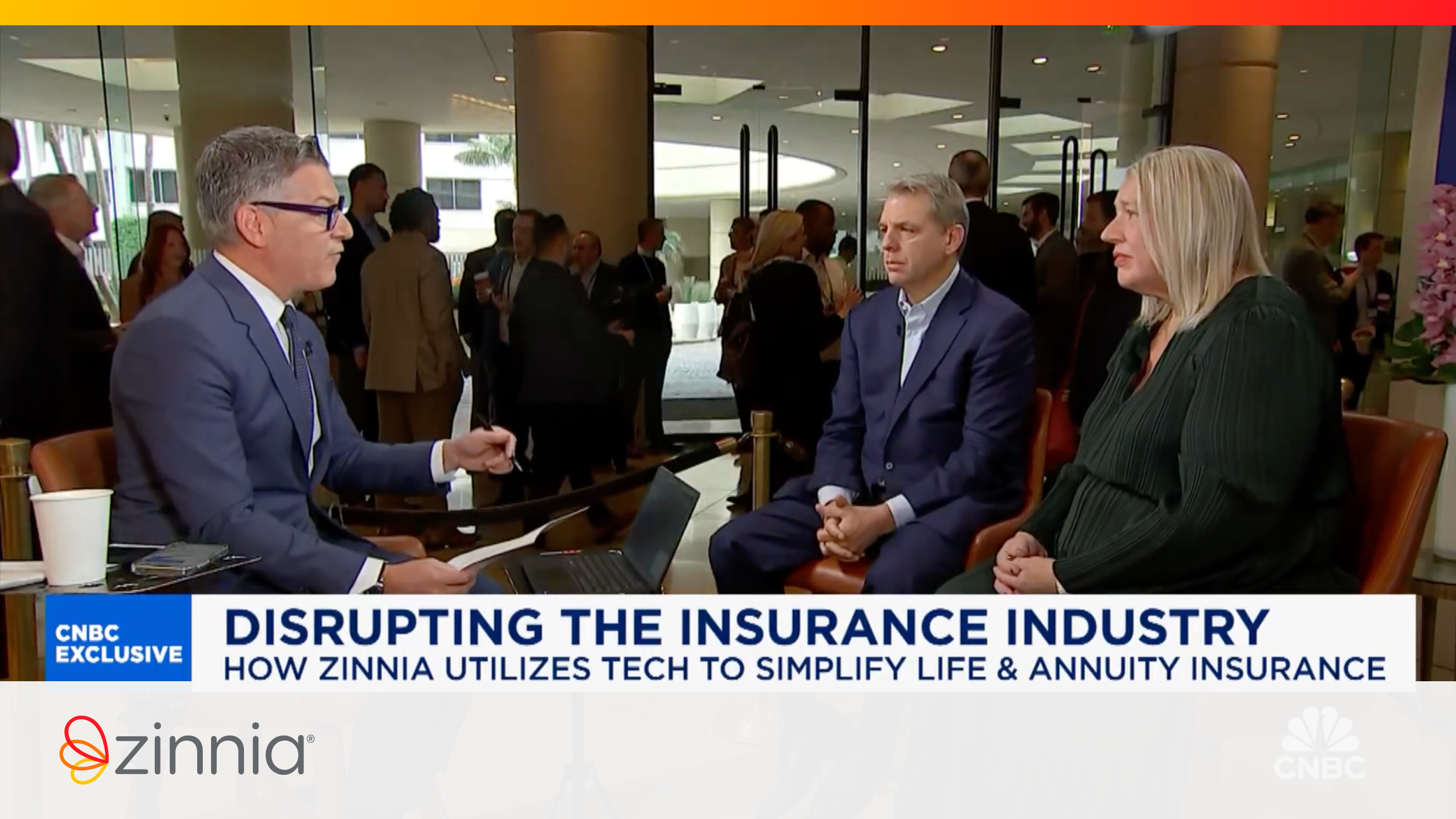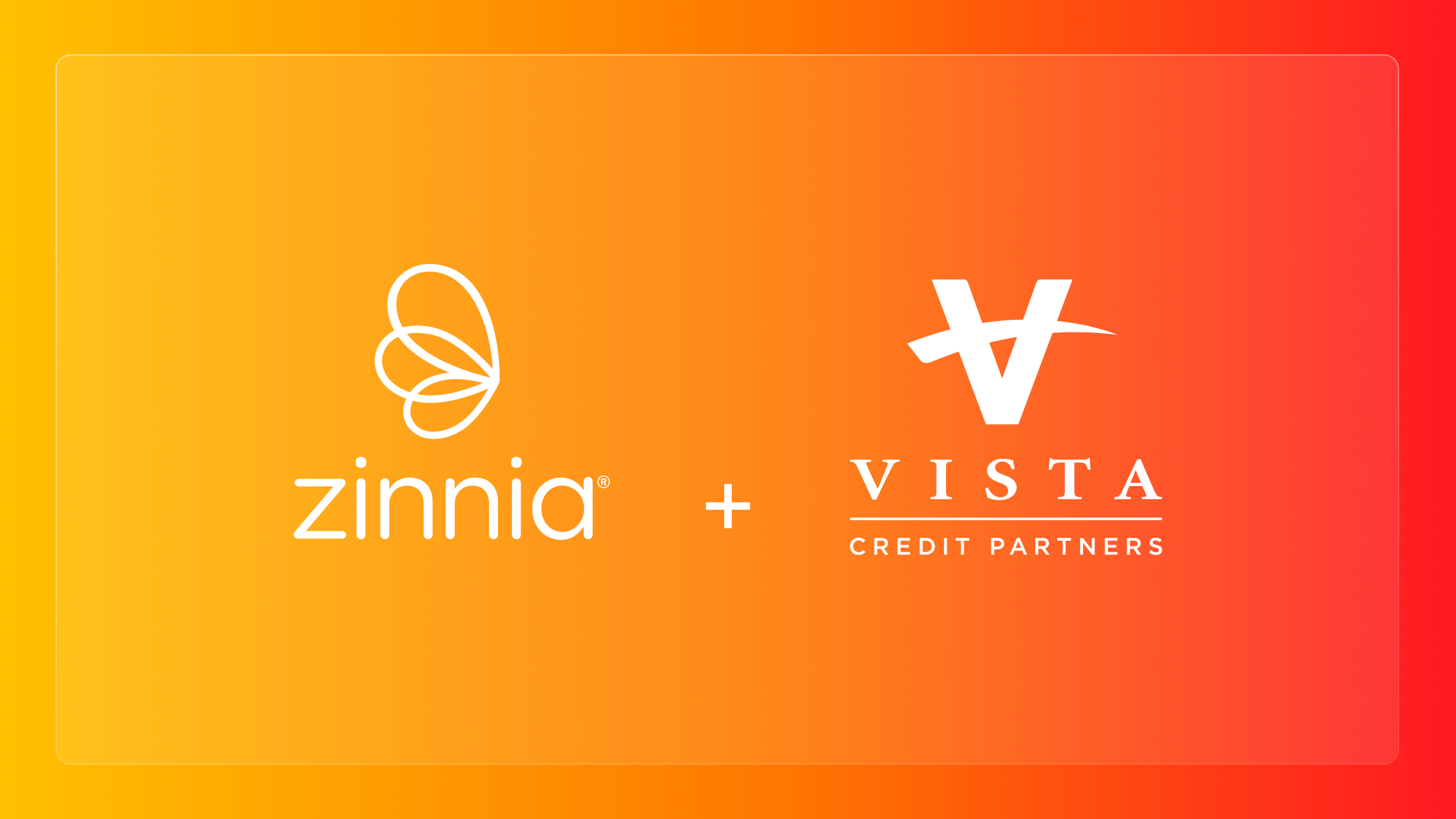The Era of Open Insurance
“Not in good order.” NIGO is insurance speak for applications that are missing information and cannot be processed until that information is provided. It’s also a roadblock that doesn’t need to occur in the 21st century. The paper, the person/processor, and the mistakes could all be eliminated in a fully digital experience. Instead, the industry still relies on phone calls and faxes, call centers, and operations teams – each introducing manual inputs into separate systems.
Traditionally, carriers have come to SE2 for help improving administrative processes which are often symptomatic of a larger problem, but not the actual problem itself. When a policy is NIGO, for example, the call center takes over the task of getting the missing information. Many of our customers come to us for help with call center operations to streamline these types of tasks, but the root problem – why is there missing information – is not addressed.
For any given problem, there are things that can be changed – and things that can’t. It’s important to recognize that the insurance journey is unlikely to change. The types of transactions that need servicing, e.g., paying bills, filing claims, etc., aren’t going away. We can make them digital, which is certainly an improvement in the overall experience, but does digital bill pay address the root problem of missing information? Not necessarily. We need to go further, and to make accurate and trusted information available to all authenticated stakeholders on demand, within the systems carriers are already using. We describe this as Open Insurance.
Open Insurance describes a fundamentally different approach to the business of insurance where information flows freely to the parties that need it, when they need it. Our vision of Open Insurance stands in stark contrast to today’s industry filled with siloed legacy systems, sequential steps, file-based integration, paper forms, and manual processes.
Enter Zinnia Open Insurance
To achieve the vision of Open Insurance, we brought together industry experts, data scientists, tech innovators, and entrepreneurs – the result is Zinnia. Our goal at Zinnia is ultimately to show the industry that there is a better way.
It starts with a robust system of record that is available to all parties in real time, so people who need information only have one place to look. In the new business process, for example, parties should never have to spend valuable time trying find out where a new policy application stands– that information should be transparent and available within the CRM or distribution systems they are already using.
I’m describing a level of interoperability that may not seem feasible for L&A until you look at other industries. With an ATM card, you can withdraw funds from your account no matter who you bank with, and a NIGO is not a concept you would entertain. We need these types of strong standards and best practices to achieve a level of interoperability that will improve the life and annuities experience for all parties.
We also need to reimagine how we build new products so we aren’t starting from scratch each time. Policies are essentially contractual obligations, and if we can create granular, structured “smart contracts,” we can assemble new products from these well-defined smart contracts like you would build with legos because like legos these smart contracts are built with standards that allow them to interoperate. This will also enable the industry to bring products to market much more quickly and eliminate the multiple points of reconciliation that are required when building new products today. And all of these smart contracts and transactions are then recorded using digital ledger technology to ensure traceability and trust.
The goal is to drive transparency end-to-end by making indisputable data available as needed. It will require discipline, new industry standards, and participation by all parties, including regulators. This is the way forward, and we call it Zinnia Open Insurance.




